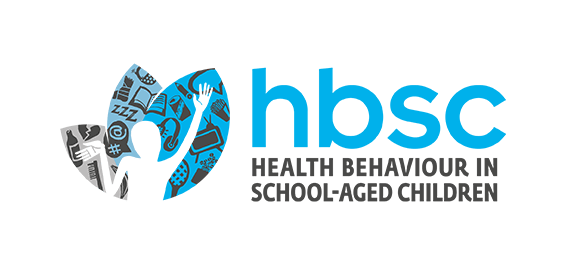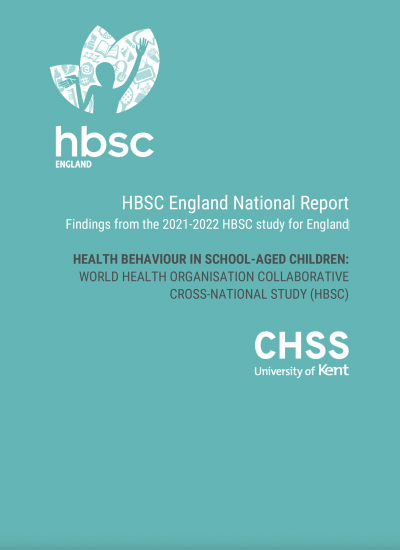The latest results from the 2021/22 Health Behaviour in School-aged Children (HBSC) study in England present a concerning picture of the health and well-being of the nation’s young people.
The new HBSC England national report, published today, reveals significant declines in both mental and physical health among young people, with disparities intensified by gender, age, and socio-economic status. The data indicate particularly adverse outcomes for girls in areas of mental well-being, underlining the urgency for targeted mental health initiatives and comprehensive public health strategies. These results, encompassing responses from over 5,000 adolescents, underscore the need for immediate action to address these growing health challenges and inequities.
Alarming trends in mental and physical health
Mental wellbeing: There is a marked decline in overall mental health, notably more pronounced among girls. High mood levels were reported by only 57% of participants, with 19% at risk of depression. Furthermore, incidents of loneliness have doubled, impacting girls disproportionately.
Physical health and lifestyle: The trends reveal a worrying decline in healthy eating habits, with less than half of adolescents consuming fruits and vegetables daily. Alarmingly, only half of the surveyed youth reported regular breakfast consumption. Physical activity levels are critically low, with mere 21% of boys and 12% of girls meeting the WHO’s recommended physical activity targets.
Health disparities: The study unveils stark disparities that are shaped by factors such as gender, age, and socio-economic status, underscoring the necessity for targeted intervention strategies.
Policy implications and recommendations
Mental health initiatives: There is an urgent requirement for initiatives focusing on mental health, particularly aimed at supporting vulnerable groups like girls and those from lower socio-economic backgrounds.
Inclusive health education: A need for overhauling health education in schools, ensuring it is comprehensive and age-appropriate, catering to diverse needs.
Community and public health efforts: Strengthening community support systems is crucial, as is bolstering public health initiatives and school-based programs.
Engagement and advocacy
Concluding insights from the report
Positive health findings amidst concerns: While there are some positive health indicators, such as a majority reporting good or excellent health and some improvement in boys’ dietary habits, these positives are relatively low and inconsistent across different demographics.
Deterioration in mental and physical health: There is a notable deterioration in several health markers over time, with increases in health complaints, declines in life satisfaction and self-reported health, and concerning trends in substance use.
Influence of gender, age, and affluence: The impact of gender, age, and family affluence levels on mental and physical health outcomes is significant, with 15-year-old girls from less affluent backgrounds often reporting poorer outcomes.
Digital media usage: The increased use of digital media, including social media and gaming, has been noted across all age groups. However, problematic use and related conflicts vary based on socio-economic status.
Weakened protective factors: There is a noticeable decline in protective factors such as family and school support, alongside rising stressors at school and neighborhood levels.
Call to action: The report calls for strategic actions to halt the deterioration in mental health, address pervasive inequities, and strengthen health assets. This includes system-wide policy setting on adolescent health and its social determinants, and tailored, locally implemented strategies that are inclusive of young people’s voices.

